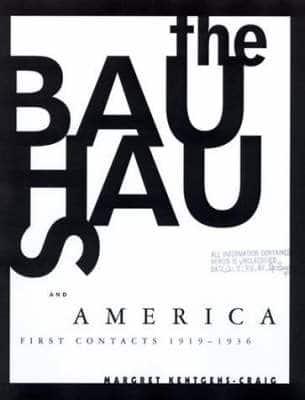Publisher's Synopsis
The Bauhaus school was founded in Weimar in 1919 by the German architect Walter Gropius, moved to Dessau in 1925 and to Berlin in 1932, and was dissolved in 1933 by Ludwig Mies van der Rohe under political duress. Although it only existed for 14 years and boasted fewer than 1300 students, its influence is felt throughout the world in numerous buildings, artworks, objects, concepts and curricula.;This book shows that the fame of the Bauhaus in America was the result not only of the inherent qualities of its concepts and products, but also a congruence of cultural supply and demand, of a consistent flow of information and of fine-tuned marketing. Thus the history of the American reception of the Bauhaus in the 1920s and 1930s foreshadows the patterns of fame-making that became typical of the post-World War II art world. The transfer of artistic, intellectual and pedagogical concepts from one cultural context to another is a process of transformation and integration. In presenting a case study of this process, the book also provides fresh insights into the German-American cultural history of the period from 1919 to 1936.











